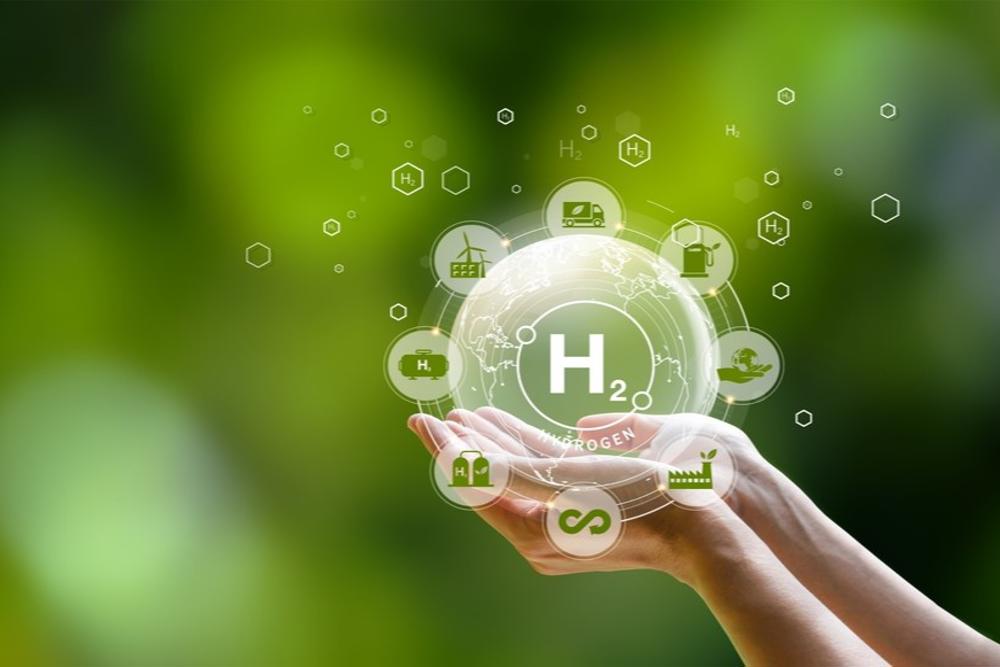
South Australian company Leigh Creek Energy says it can produce 200-million kilograms of hydrogen a year at less than A$1 per kg to fuel growing global demand.
Leigh Creek Energy said in a release to the Australian Securities Exchange this week it had conducted a pre-commercial demonstration at its Leigh Creek Energy Project site 550km north of Adelaide, where it successfully produced significant quantities of ultra-low cost hydrogen.
The Australian government last month released its “technology investment roadmap”, setting out Australia’s energy low-emissions priorities over the next 30 years.
The paper examined more than 140 technologies including hydrogen, renewables, and biofuels and said Australia was well placed to develop a major hydrogen export if it could be produced below $2 per kilogram.
Based in Adelaide, South Australia, Leigh Creek Energy’s major shareholder is China New Energy, a subsidiary of Shanghai-listed Shaanxi Meijin, which is already active in the Chinese hydrogen economy. Shaanxi Meijin builds hydrogen vehicles, hydrogen fuel cells and hydrogen charging stations in China.
“Partnering with Meijin provides LCK with significant advantage in developing a hydrogen fuel market within Australia,” the ASX statement said.
“We are currently in discussion with Meijin to JV with them to bring their technology to Australia.”
Hydrogen can be produced as a gas, liquid or as a component of other energy sources and can be used as a transport fuel, for heating, electricity and for industrial purposes.
According to Leigh Creek Energy, the global hydrogen market is valued at $100 billion with an annual growth rate of 6-8 per cent.
The Leigh Creek coal fields originally supplied coal to the Port Augusta power station in South Australia via a dedicated 260km train line.
The power station closed in 2016 and the site and rail line were sold to China-backed CU-River Mining last year, which it plans to turn it into a global export port.
Leigh Creek Energy listed on the ASX in 2015 and has spent the past four years obtaining licences. Last year it established a pre-commercial demonstration (PCD) plant to produce a combination of hydrogen, nitrogen, CO2 and methane, known as syngas.
Aside from the hydrogen potential, the company says it intends to use that syngas to make urea, a nitrogen-based fertiliser.
In a Boardroom Media interview published on the ASX this morning, Leigh Creek Energy Executive Chairman Justyn Peters said hydrogen was produced as part of the urea production process and could be removed and used as its own commodity.
He said although Australia’s hydrogen market was very immature when compared to Asia and Europe, the Australian government was now showing significant interest in developing a hydrogen economy.
Industrial engineering group Thyssenkrupp was recently contracted to complete some modelling work for Leigh Creek Energy and found it could produce 200 million kilograms of hydrogen a year at a cost of less than $1 per kilo.
“We can make a huge amount of hydrogen, much cheaper than anyone else can make,” Peters said.
“So that being the case it would be foolish if we didn’t actually look at the production of hydrogen and the possibilities that can take.
“And it’s interesting that hydrogen is now being looked at as an export gas … we’re seeing a fundamental change in the way hydrogen is being transported.
“If you were going to produce that amount, you’d have to have (a) a market in place, or (b) export it.”
Peters said the fertiliser plan was disruptive because Leigh Creek Energy would be one of the first companies in the world to use its own in-situ gasification to produce urea, which would allow it to be done far more cheaply and efficiently than its competitors who bought gas at market rates to manufacture fertiliser.
He said its gas production cost of $1 per gigajoule of compared to $10 for its competitors meant it could produce a tonne of urea for less than $100 a tonne compared with the $400 it cost its overseas competitors to land a tonne of urea in Australia.
“So we have a huge cost advantage over anybody else that produces this,” Peters said.
“And it’s particularly interesting with the COVID virus and a lot of the disruption in transport chains around the world that we can make enough urea to supply the Australian market without having to actually import any of it.”
Peters said Leigh Creek Energy was in discussions with large fertiliser manufacturers in Europe, North America and China to potentially become strategic partners and fund the construction of the urea plant at Leigh Creek.
“We would be a shareholder in the urea plant and Leigh Creek would produce the syngas,” he said.
“That strategic partner would also be a shareholder in Leigh Creek Energy and Leigh Creek Energy would sell the gas to the urea company.
“So we would share in the profits of both urea and the production of gas, but we would focus as a company on the production of gas and they would focus with their expertise in the production of urea.”











